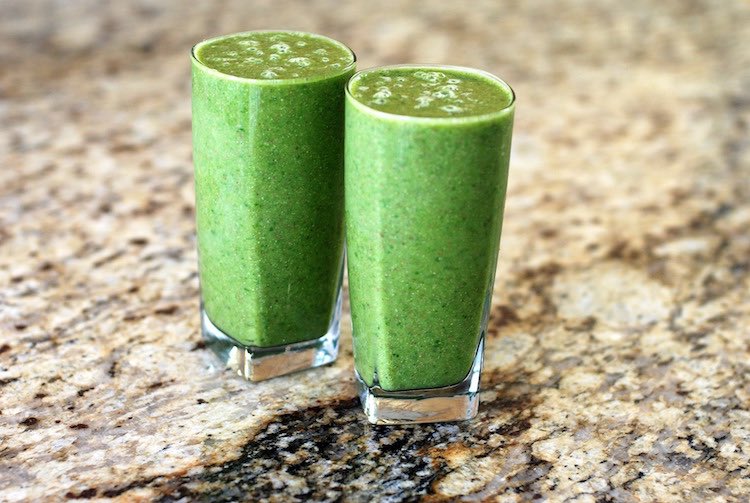Juicing and blending into smoothies are both popular in the health community, but there is little agreement about which has the superior health benefits. Before answering the question, we should first agree what the two terms mean, especially because there is such a large variety of devices with different names on the market that claim to perform either or both of these functions.
To juice means that the juice is extracted from a fruit or vegetable while the pulp is left behind. To blend means the fruit or vegetable is as a whole is crushed and chopped into a watery pulp. In other words, if your machine leaves the pulp behind, it juices. If it uses up the entire fruit or vegetable, it blends to a smoothie.
Advantages of Blending Smoothies
Unlike a juice, a blended smoothie includes the pulp, which contains all of the insoluble fibre found in fruit and vegetables. While your body cannot digest insoluble fibre, it nevertheless expends a significant amount of energy when it tries to digest it. This means that your body must burn more fat to make this energy available, which in turn speeds up your metabolism for weight loss and weight maintenance. Insoluble fibre also controls your appetite by making you feel satiated because it absorbs water and forms a great mass of food stuff as it progresses through your digestive system. If weight loss is a concern, you definitely do not want to lose the fibre by juicing the fruit and vegetables that contain it.
Some beneficial micronutrients, like carotenoids, polyphenols, and folate, bind to fibre within the cells of the plants from which we make our beverages. Juicing discards these micronutrients with the pulp, while smoothies retain them.
Almost all fruits and some vegetables have high sugar content, which is precisely why they are so good to drink. Since smoothies contain insoluble fibre that slows down the absorption of food in the digestive tract, they allow your body more time to use the sugars as energy before they are converted and stored as fat. A Juice made with sugary fruits and vegetables, on the other hand, races through your digestive tract without any substance to slow it down for the body to extract energy from the sugar. More often than not, immediate absorption of food means that it is stored as fat reserves that the body can use when it thinks it is starving. Unless you are planning some exercise after your beverage to demand that your body uses the sugar, a smoothie is better. For the same reason, a sugary juice is more likely to spike your blood sugar level, which makes some people feel tired and moody when it returns to normal. The fibre in smoothies prevents sudden blood sugar spikes.
Smoothies feel like meals, while juices feel like beverages. If you cannot learn to think of a juice as a meal and you cannot control the urge to eat soon after your juice, smoothies can ensure that you refrain from consuming unnecessary calories.
While a juice contains no protein, a smoothie made with nuts, seeds, low-fat yogurt or milk contains plenty. It can therefore replace a whole meal. Like fibre, protein also makes one feel fuller for longer, so you will be less likely to snack soon after.
Advantages of Juicing
If you want to ensure that your body can benefit from every nutrient in the fruit and vegetables, juicing is the far better option. The insoluble fibre in the pulp does not only slow down your body's absorption of the beverage, it also prevents your body from fully absorbing some of the nutrients that cling to the indigestible fibre. Your body then treats those nutrients like it treats the fibre, by excreting it unprocessed. The removal of the fibrous pulp during the juicing process is a superb way to convert your juice into a nutrient bomb superior even to eating the fruits and vegetables whole.
Juicing reduces the temptation to add fattening extras like full cream milk, ice cream, frozen yogurt, peanut butter, chocolate, fudge, and so forth. Chocolate in a juice is simply not an idea that will occur too many of us, while adding it to a smoothie seems like a great exercise in culinary creativity.
If you want beverages rather than meals, a juice is by far the better option since it usually contains fewer calories than a smoothie. You will put on weight if you drink a high calorie smoothie full of the wrong ingredients as a substitute for a low calorie glass of water.
Conclusion
Overall, both juices and smoothies can contribute to your weight loss goals and helping to achieve good health in general, so you should ideally try to consume both on occasions that are appropriate for their respective characteristics.
To make your smoothie even more nutritious, try adding Green Vibrance or Maximum Vibrance to it. For added weight loss you could consider adding Pure MCT Oil.




























Leave a comment